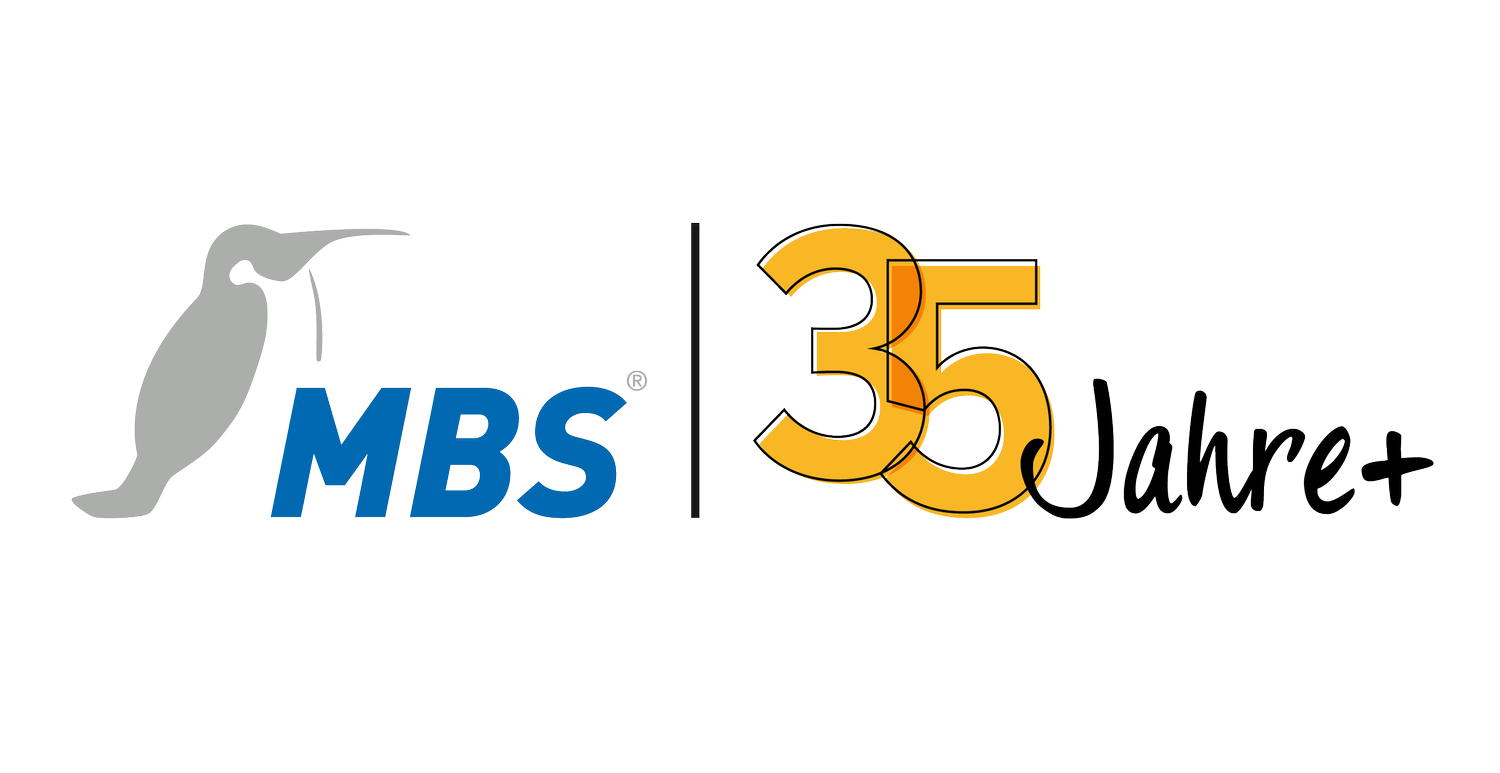Building automation with Thread - From the field to the Internet of Things
/The wireless bus protocol Thread is preparing to move into building automation. Planners, integrators and property operators should now find out what they need to consider when planning and setting up such networks.
Ensuring the efficient use of energy in properties is the central task of modern building automation (BA). However, energy consumption also plays a major role in building technology itself. For example, electrical devices without a fixed power connection such as sensors, smoke detectors or thermostats should be able to operate for several years without having to change batteries, as this involves a great deal of manual effort in addition to the cost of the energy storage itself.
Low power consumption, low data transfer rate
But it's not just measuring itself that requires energy. Communication between the field, automation level and control technology also consumes power. This is particularly true for wireless radio networks (WLAN). However, as these transmission technologies offer major advantages for building automation, the Thread Group - a consortium of companies from GA and IT - has developed the open radio protocol for the low-energy sector. Thread uses the IP protocol version 6 (IPv6) as the transmission layer and is based on the IEEE 802.15.4 standard, which was developed for wireless data transmission for devices with low power consumption and low data transmission rates. The Zigbee and Z-Wave communication protocol is also based on this standard. In contrast to Zigbee, however, Thread offers native IP support, making it easy to connect GA devices to the Internet.
Huge potential
Thread does not require a central router, but transports the signals via a mesh network. This means that there is more than one transmission path so that data traffic can be redirected via other nodes if one communication path fails (known as self-healing). This feature plus native IP support plus low energy consumption result in the enormous potential of the innovative bus protocol for smart home applications as well as for building automation. The cable-based bus protocol BACnet (Building Automation and Control Networks) currently has the largest market share with around 64%. Around 25 million devices currently communicate with the cross-manufacturer standard ISO 16484-5, which ensures interoperability between devices from different manufacturers as well as cross-plant networks. With the latest revision, the security infrastructure BACnet Secure Connect (BACnet SC) was published, which paves the way for BACnet users into digitalization.
Thread architecture
IoT convergence for Thread projects and smart homes runs via IP.
Internet of Things drives building automation
The Internet of Things will change traditional GA: Its physical components will be connected as virtual representatives in an Internet-like structure. This digital transformation process allows all levels and elements to be linked together and processes to be automated. The aim is to make building management simpler, safer and more energy-efficient at the same time. The industry is benefiting from developments in the smart home sector. While building automation tends to have long innovation cycles, the corresponding technologies are on the rise: according to the online portal Statista, the European smart home market will grow at an annual rate of 13.2% to over 30 billion euros by 2024. Global players are driving the relevant technologies forward, making them suitable for mass use. Thread is one such technology that can also be used well in GA and is becoming increasingly cost-effective.
Advantages of wireless data transmission
The advantages of radio-based technologies for building automation are obvious. Wiring new buildings is expensive, retrofitting older buildings is very time-consuming. Here, wireless transmission paths are an alternative with a cost advantage. In addition, security requirements in the building sector are increasing. Security strategies such as the Federal Council's Critical Infrastructure Protection (CIP) are also affecting more and more BA operators and the cable-based and wireless networks they use. Thread takes this into account with numerous security functions for the elements involved in data transmission: All devices are authenticated when they are added to the network. The data itself is encrypted; only the participants within a communication network can read and forward it. This means that information transmitted via radio waves cannot be intercepted by unauthorized persons.
Use interoperability
A typical use case could be that a classic BACnet network is to be retrofitted in order to obtain an energy certificate for the property. For cost reasons, however, there are no plans to lay new cables. With Thread, temperature, humidity or carbon dioxide measuring devices can now be integrated as wireless sensors, for example, while the existing infrastructure continues to exist in parallel. Both worlds can be combined with corresponding gateways that create interoperability. This ensures investment security not only for today, but also for the foreseeable future. If you have a BACnet network today, BACnet/SC is an excellent tool for establishing secure communication connections with comparatively little effort. If you want to rely on Thread in the future, you can integrate appropriate devices and connect them to the existing structures via routers or gateways. When making decisions about the future of a BACnet network in the Thread era, it is generally advisable to consult with experts. They should master both worlds, be involved in the standardization committees of the associations and have a lot of experience with the integration of different bus protocols. Then nobody has to worry that their technological decisions today will turn out to be a mistake tomorrow.





